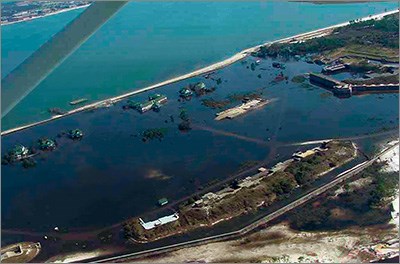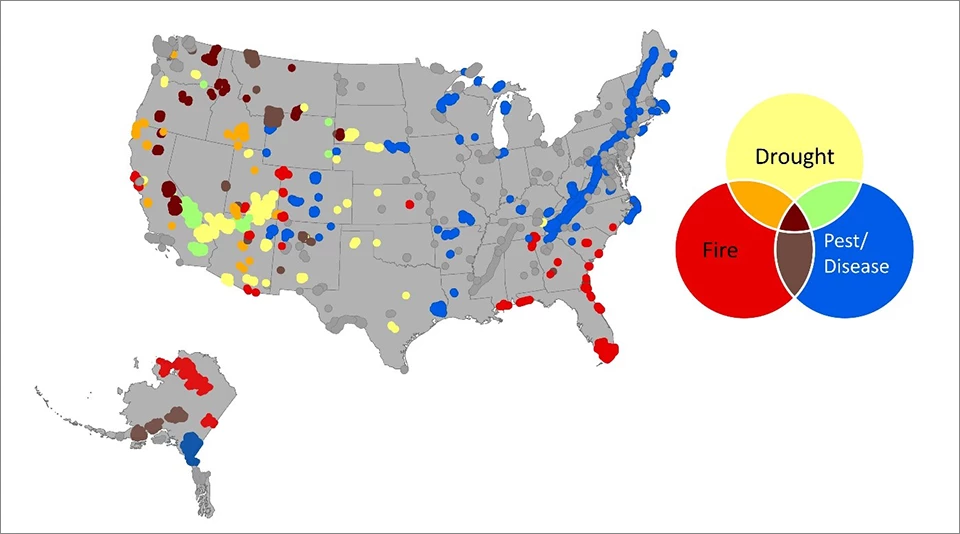We know with certainty that climate change is affecting national parks and will continue to do so. To manage parks effectively, we need to know which parks are most vulnerable to climate change. That's where NPVuln comes in. This project evaluated climate change factors to determine parks' relative vulnerability and identify which ones are high priority for further study.

The complete NPVuln report fully describes the 47 indicators, 21 climate factors, and much more, including a comprehensive set of results and recommendations. You can also download a summary brief and an Overview for Park Professionals.

Last updated: January 10, 2025
